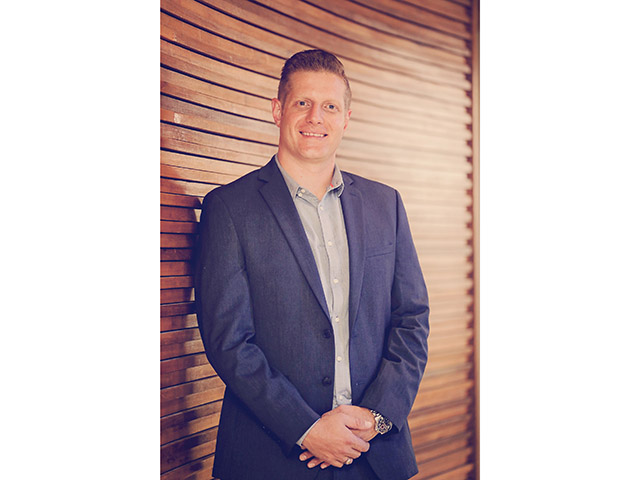Africa has always been considered a mobile-first environment. Now, thanks to the growth of the cloud, the continent is finding increasingly innovative ways to leverage mobile with data availability strategies. And while the security and regulatory requirements drive much of this, organisations are examining different ways to ensure data is always accessible.
“In this more mobile-friendly world, one of the most fundamental questions a decision-maker should ask is where does the organisational data live and how will that impact its availability? In certain respects, the data is coming closer together thanks to the likes of the public and managed cloud, but in other respects it is moving further away because of the Internet of Things (IoT) and edge computing,” says Trent Odgers, Cloud and Hosting Manager, Africa at Veeam.
Consider the wealth of data generated by IoT devices across a wide geographic region. While some devices are located close to the hub of the business, most are scattered towards the edge. Companies are facing challenges ensuring the data collected there can be effectively centralised, while only sending critical data or data that can be used for artificial intelligence (AI) and machine learning (ML).
Basics first
“So, even though businesses are still figuring out how best to generate income from edge devices and IoT, the fundamentals of backup, recovery, and continuity still need to apply. Essentially, this requires identifying the faults at the point of origin before bringing the data into a central hub. This can range from security concerns to not backing up all data generated at the edge,” adds Odgers.
According to the 2019 Veeam Cloud Data Management Report, companies plan to spend close on R600 million on deploying cloud data management technologies to build an intelligent business within the next 12 months. Part of this includes using technologies such as AI and IoT to drive organisational success.
By embracing these innovations as a core part of their availability strategy, respondents have also indicated that they attribute an average of R1.8 billion of extra revenue to the deployment of digital initiatives on an annual basis.
“Of course, the regulatory environment also has a significant influence on how data is captured, stored, and analysed in such a mobile structure. While compliance depends on the kind of information collected, decision-makers need to closely scrutinise what the likes of the Protection of Personal Information Act (POPIA) and the General Data Protection Regulation (GDPR) have to say around collecting data at the edge.”
Embracing the edge
According to the latest Veeam research, Cloud Data Management is a key component of intelligent data management, with 77% of respondents using software-as-a-service, 51% using cloud for backup, and 44% using disaster-recovery-as-a-service (DRaaS), citing reliability, flexibility, and data security as their top three reasons for doing so.
“This mindset needs to permeate the mobile approach as well. The best data availability strategy in the world means very little if all touch points are not taken care of. The arrival of multinational data centres in the country has changed things virtually overnight. Now, aspects such as data sovereignty, security, and speed of access become moot and companies are looking at ways of extracting more value from data at the edge.”
Opportunities abound on the continent when it comes to leveraging data in progressively innovative ways. Thanks to the increasing popularity of edge devices and IoT, more companies are starting to experiment with their strategies to benefit from more real-time information at their disposal.
In healthcare, for example the data captured from pacemakers can enable medical professionals to detect the onset of a heart attack even before a person is showing external symptoms. This can have a very real impact in saving lives.
Another example of the benefits IoT provide can be found in Tanzania. A public-private sector partnership has resulted in the provisioning of mini solar grids to rural communities. The data generated by the electricity consumption is fed back to a central point to monitor where improvements can be made on the system and whether a community is under or over-powered.
“But irrespective of how and where data is captured, it is imperative that it is always available and the appropriate redundancy measures are in place in the event of a disaster. To do any less risks significant problems not only from a compliance perspective but a customer-service one as well,” concludes Odgers.





